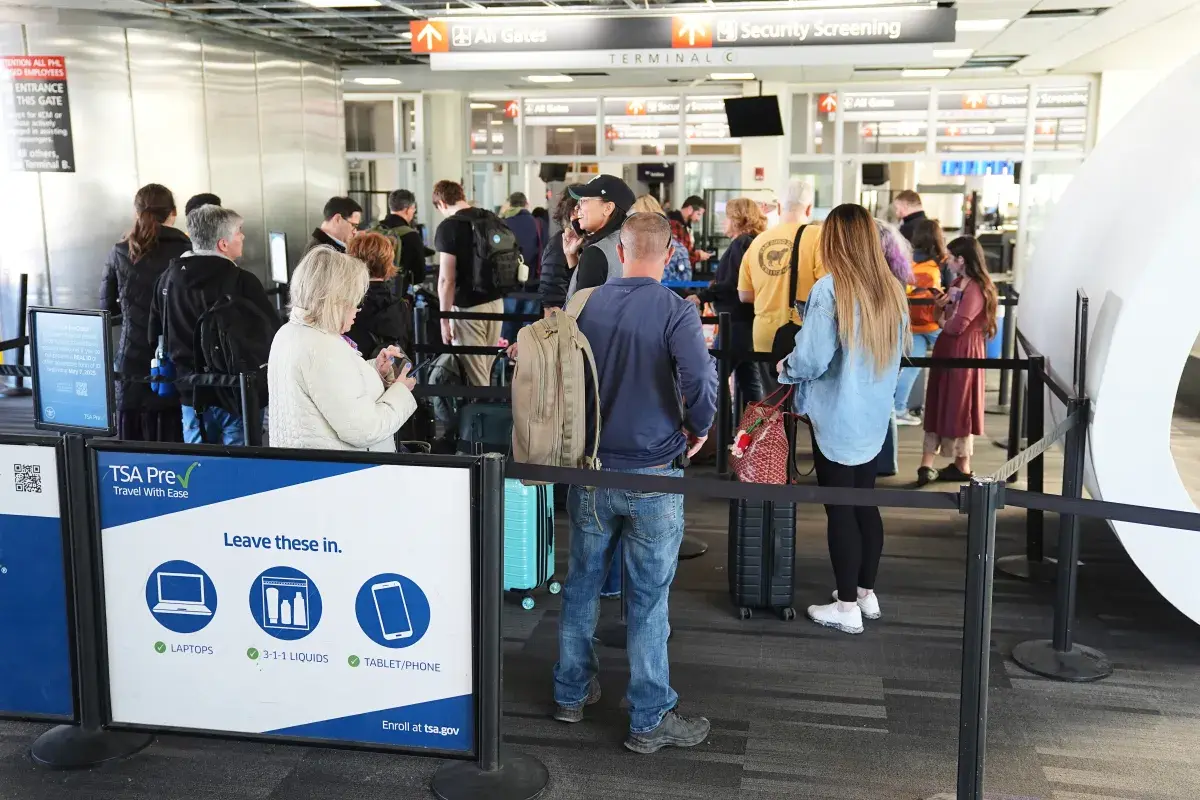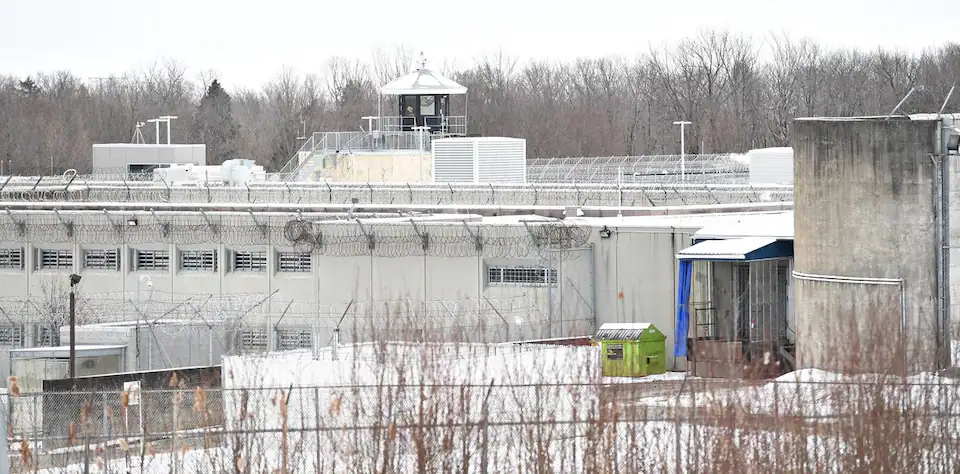Copyright Newsweek

Nearly 3,900 flight delays and more than 170 cancellations were reported across U.S. airports on Wednesday, as the government shutdown continues to strain the nation’s air traffic system. Officials say the disruptions stem from mounting pressure on air traffic controllers, many of whom are working without pay. Transportation Secretary Sean Duffy said the remaining staff are stretched thin, working extended hours and additional days to compensate for absent colleagues. “We want to alleviate that pressure before it becomes an issue,” he said, defending the administration’s plan to reduce scheduled flights. FAA Administrator Bryan Bedford echoed the concern, citing internal performance data that suggests fatigue is beginning to affect operations. “We need to work towards relieving some of that pressure,” he told reporters. The flight cuts, expected to begin Friday, are part of a broader effort to maintain safety and prevent further breakdowns in the system as the shutdown enters its sixth week. Federal officials have confirmed plans to reduce air traffic at 40 of the nation’s busiest airports, though the specific locations have not yet been disclosed. Transportation Secretary Sean Duffy and FAA Administrator Bryan Bedford said Wednesday the cuts would not target individual airlines, but rather high-traffic markets identified by the agency. “We’ve identified 40 high-traffic environment markets,” Bedford said. “We’ll be happy to share that later.” According to FAA data, the top 40 airports in 2024 each handled more than 5 million passengers. Atlanta’s Hartsfield-Jackson led with 52.5 million, followed by Dallas-Fort Worth with 42.3 million and Denver International with 40 million. Chicago O’Hare, Los Angeles International, and New York’s JFK each served over 25 million. Flight delays and cancellations have already mounted this week. Hartsfield-Jackson reported 762 delays and 20 cancellations, Dallas-Fort Worth logged 825 delays and six cancellations, and Denver saw 594 delays and 12 cancellations, per Flight Aware. Bedford said the FAA will begin implementing a 10 percent reduction in scheduled capacity to ease pressure on air traffic controllers, with further cuts possible if staffing issues persist. Duffy added that the duration of the reductions will depend on ongoing data analysis by the FAA andthe Department of Transportation. The Trump administration announced Wednesday it will cut 10 percent of air traffic at 40 of the nation’s busiest airports, citing mounting strain on unpaid air traffic controllers during the ongoing government shutdown. The reductions, set to begin Friday and ramp up through next week, are expected to force airlines to cancel thousands of flights and disrupt travel plans for hundreds of thousands of passengers. Transportation Secretary Sean Duffy said the move aims to “alleviate the pressure” on controllers, who have not received a paycheck since mid-October. FAA Administrator Bryan Bedford warned of “radical reduction” across key markets if staffing continues to deteriorate. Major airlines are working with the FAA to assess the impact, though many have yet to adjust schedules. United Airlines said its long-haul and hub-to-hub flights will remain unaffected, with cuts focused on regional and domestic routes. The FAA has reported staffing shortages at half of the 30 busiest airports, including all three in New York and Washington, D.C. Analysts say the disruption could ripple across the economy, with delays affecting cargo, commerce, and medical transport. Democrats have demanded transparency on the safety data behind the decision, while Republicans argue the move underscores the urgency of ending the shutdown. The FAA is expected to release the list of affected markets Thursday.



